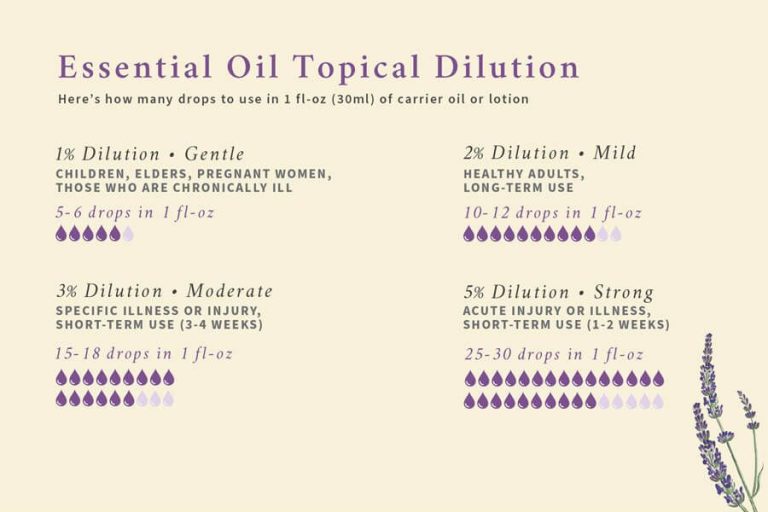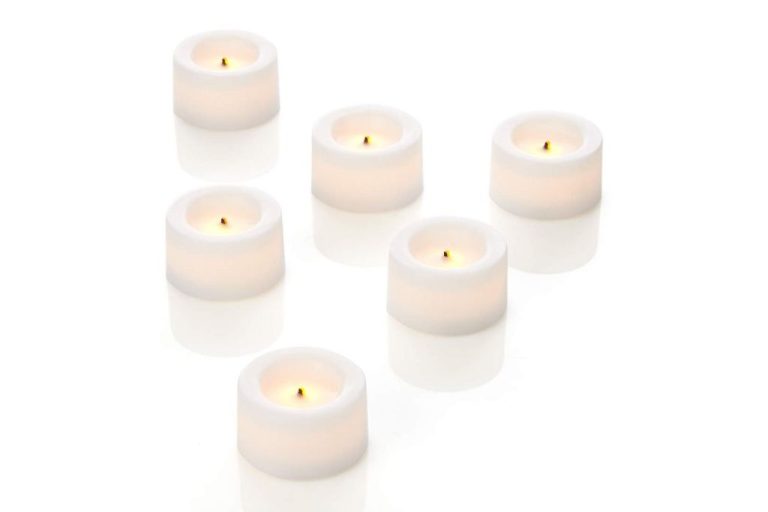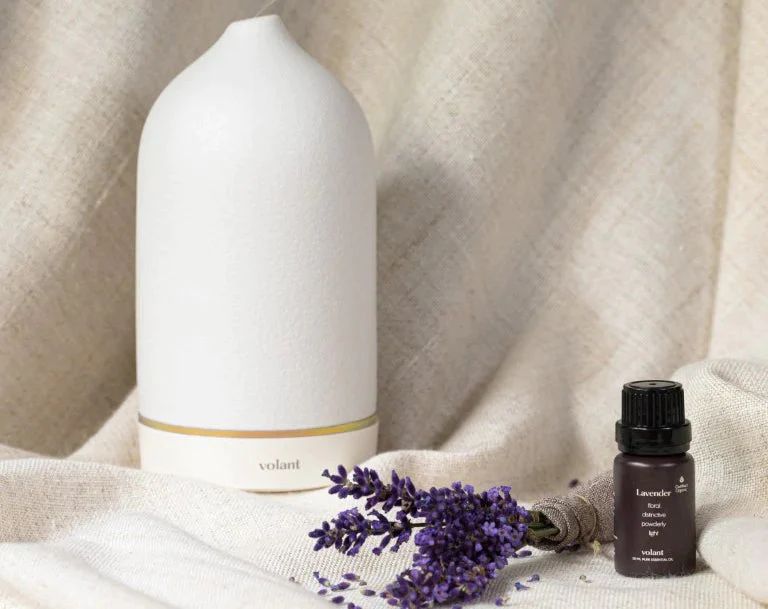How Safe Are Plug In Wax Warmers?
Plug in wax warmers are devices that melt scented wax to fill a room with pleasant aromas. They consist of a base unit with an electric heating element, a pan or plate to hold wax melts, and an electrical plug to power the device.
Wax warmers first emerged in the early 2000s as an alternative to traditional wax candles and liquid potpourri. They offered more convenience, cleaner operation, and improved home fragrance dispersion. Initially simple in design, wax warmers now come in a variety of styles with features like interchangeable dishware, programmable timers, and multiple warming settings.
Today, plug in wax warmers are popular home fragrance solutions. When used properly, they can be safer than burning candles. But some risks still exist, which is why adhering to safety guidelines is important.
Potential Fire Hazards
Although plug in wax warmers are generally considered safe when used properly, there is a small risk of fire if certain precautions are not taken.
Some potential causes of wax warmer fires include:
- Placing the wax warmer too close to flammable objects like curtains or furniture.
- Allowing the wax or the warmer base to overheat.
- Knocking over a hot wax warmer, allowing hot wax to spill out.
- Leaving the wax warmer unattended for an extended period of time.
To minimize fire risks, make sure to keep the warmer away from anything flammable, turn off the unit when wax runs low, avoid nearby tripping hazards, and don’t leave a hot warmer unattended.
Electrical and Burn Risks
Plug in wax warmers carry electrical and burn risks if not operated properly. If cords are frayed or the device is damaged, there is a risk of electric shock, causing injury or trauma. To avoid these risks, periodically inspect the device and cords for damage or fraying. If damage or excessive wear is found, immediately discontinue use and replace the unit or cord. Damaged units that continue to be used risk exposing users to electric shock, burns, and fire hazards.
Burns and skin irritation are also a risk if wax makes contact with bare skin or people come in contact with a hot wax warmer surface. The wax can reach high temperatures, so always use tongs or proper instruments to handle the melted wax. Never move or touch the warmer device itself when wax is melted without taking proper precautions and having heat protection in place. Keep the unit in an out-of-reach area when in use to prevent accidental contact, and only fill to recommended safe levels to avoid wax overflow or splatter.
Tips for Safe Use
To reduce risk when using plug in wax warmers:
- Place the warmer on a sturdy, flat surface away from flammable materials.
- Regularly check on the warmer when in use and never leave it unattended.
- Keep it out of reach of children and pets to avoid burns.
- Unplug the warmer when not in use and allow it to fully cool before handling.
- Avoid using the warmer for over 8 hours at a time or while sleeping.
- Follow all manufacturer safety guidelines and never override safety features.
Taking proper precautions with placement, supervision and unplugging when not in use will help reduce risks when enjoying plug in wax warmers.
Alternative Safer Options
There are several safer options available as alternatives to higher-wattage plug in wax warmers:
-
Battery-operated Warmers
Battery-operated wax warmers eliminate the electric cord and outlet risks. They tend to use less heat as well. If the batteries in a unit fail, there’s still no risk of fire.
-
Lower Wattage Warmers
Smaller, lower wattage (below 10-15 W) warmers pose less of a fire risk. While they may take longer to melt wax, lower watts mean lower heat and less chance of overheating or fire in a fault.
-
Candle Warmers
Candle wax warmers that sit atop a lit candle are another option without a direct electric element. They avoid additional heat or fire risk beyond the candle itself.
Considering one of these alternative warmer styles can minimize safety hazards while still allowing the wax warming experience.
Choosing the Right Wax
It is important to only use wax specifically designed for use in a plug in wax warmer. Do not use wax meant for other types of wax warmers, like candles for example, as this can pose safety risks. Wax made for plug in warmers has a lower melting point, around 115 to 135 degrees Fahrenheit, which allows the warmer to melt the wax properly without overheating the unit itself. The wax is formulated to melt evenly and diffuse fragrances optimized for a warmer’s low watt heat source. Using the wrong wax can lead to clogs, plugged vent holes, shorting out the unit, and other potential fire hazards.
Proper Cleaning and Maintenance
To reduce risks associated with plug in wax warmers, it is important to properly clean and maintain your device on a regular basis. Here are some tips for keeping your wax warmer safely operating:
- Unplug your wax warmer and allow it to fully cool before cleaning. Attempting to clean a warm or hot device risks burns.
- Wipe down all surfaces of your wax warmer every few days to remove wax residue, dust and debris. Use a soft dry cloth for basic exterior cleaning.
- Soak removable metal plates or bowls in hot water at least once a week to clean more thoroughly. Allow all parts to fully dry before reassembling.
- Inspect plugs, cords and other electrical components for damage regularly. Do not use the device if the electrical system appears faulty or frayed.
- Do not overfill your wax warmer reservoir. Always pour melted wax back into its original container; do not top up with new wax before fully cleaning remnants.
- Replace removable plates/dishes and other components according to the manufacturer’s recommendations.
Routine cleaning and inspection allows you to monitor the condition of your wax warmer and catch any issues before they pose safety risks. Follow the user guidelines carefully and contact the manufacturer regarding any specific maintenance instructions.
Safe Disposal of Used Wax
When disposing of used wax from your wax warmer, it’s important to first allow the wax to fully cool and harden to prevent injuries. Here are some tips:
- Turn off and unplug your wax warmer before attempting to handle or dispose of used wax.
- Allow the melted wax to fully cool and harden in the wax warmer, which can take 6-12 hours. Do not try to dump or handle warm liquid wax as this can cause burns.
- Once cooled and hardened, the used wax should easily pop out of silicone warmer trays or glass containers.
- Dispose of hardened wax cubes in the regular trash, not down the drain where they can clog pipes.
- Clean the warmer tray or bowl before adding fresh wax per the manufacturer’s instructions.
Following these simple tips when disposing of used wax can help prevent leaks, spills, clogs and injuries. Handle wax carefully and allow ample time for cooling before disposal.
Reputable Brands and Models
For the safest experience with plug-in wax warmers, be sure to choose a quality model from a reputable brand. Based on product reviews and safety ratings, here are some of the top options to consider:
Scentsy
Scentsy wax warmers consistently receive high marks for safety and performance. They use low-watt ceramic warmers designed not to overheat. Popular safe models include:
- Scentsy Mini Warmer
- Scentsy Nightlight Warmer
- Scentsy Buddy Warmer
Yankee Candle
With decades of experience with candle warmers and wax melts, Yankee Candle offers time-tested safe designs like:
- Yankee Candle Wax Warmer
- Yankee Candle Oil Warmer
Stick to their brand wax cups and follow all safety guidelines for best results.
Conclusion
In summary, plug in wax warmers can be used safely if you adhere to some key precautions. Choose a reputable brand and model that has safety certifications. Place it on a stable, level surface away from anything flammable. Keep out of reach of children and pets. Follow all manufacturer instructions carefully regarding not exceeding maximum wax volume, cleaning and filter changes. Use the proper thickness of wax cubes to melt efficiently. Check for signs of damage to the unit or cord before operating. Unplug it immediately if you notice sparks, smoke or unusual smells. With some common sense safety measures, plug-in wax warmers can fill your home with pleasant scents for years to come.



